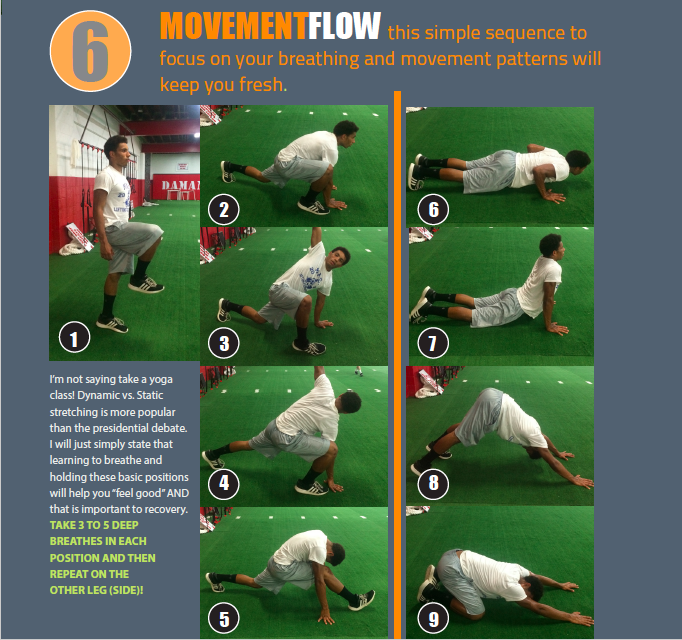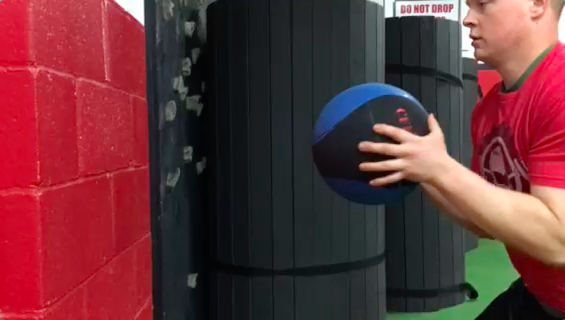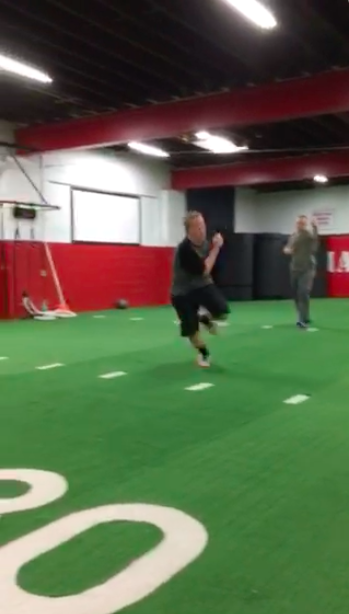The reps and the amount of weight are typically the focal point for a majority of the athletes and individuals training on a daily basis. Yours truly was caught up in that commotion at one point in his life as well!
I remember my collegiate playing days and how I was enamored by the offseason strength program and where the “road to my max outs” would take me! ( I was a foolish 20-something! )
Proper recovery is essential for the physical and mental development of individuals. Building recovery modalities into your training sessions / regimen will assist in the advancement of your training goals. This recovery time and process will allow the body to adapt to the stresses placed on it from the exercise movements.
At GameSpeed, we secure each training session with a brief yoga-like flow, to enhance movement patterns and focus on specific areas of the body that “seem” to absorb the most physical stress within the workout.
We focus on our breathing patterns and work within our own personal range of motion.
( One shoe doesn’t fit all feet! )

This snipet is just one example of recovery methods that we suggest! There are several others that are found in our free recovery guide!
Hit me up with questions!
shawn@gamespeed.biz
In this quick post, Coach Pete Thistle our GameSpeed Apprentice, drops some knowledge about the utilization of the standing medball chest pass.
The standing medball chest pass will be one of many implemented drills within the Trench Academy!

Click To Download The Movie Sample!
medball_handspeed
Standing Chest Pass: This exercise has been modified to more closely resemble a lineman’s movement in a game, specifically the 2-hand punch. Notice the ball is released straight ahead and not at all lobbed, forcing the athlete to produce enough force so that the ball doesn’t bounce downward when it hits the wall. Power comes in straight lines, which is why the elbows are tucked and drive in a linear motion.
Contrary to popular belief, there are a number of reasons to why the lineman should not pull the elbows all the way back:
• The punch should be short and efficient because there is often very little time for the athlete to respond to an opponent.
• Even if there was enough time, pulling the elbows too far back would expose the chest, making the athlete vulnerable to a counter blow.
• Every muscle has an optimal length-tension relationship (LTR), meaning that there’s a resting length of every muscle that can produce the most force. An easy example of this is to think of the bicep curl. Your arms have to work harder at the bottom and top of the exercise, but are stronger in the middle of the range of motion. Similarly, not bending the elbows enough or pulling them too far back will produce a weaker output. This exercise teaches you to find the sweet spot in between.
Predator or Prey?
Coach Shawn Moody
The Diamond Drill is a multi-cone drill, that we make frequent use of within the GameSpeed programming sessions. The execution and utilization of this specific drill is always used in the context of the athlete involved in the training session.
There is never a need for increasing the complexity of a drill without first allowing the athlete to understand proper execution of the fundamental level of the movement pattern.
This video is a great example of what can be accomplished with a more mature athlete(s) and multiple cues, ie. visual and verbal.

Download:
mod_diamond
We understand the proper progressions and “how” to coach them.
– Coach Moody